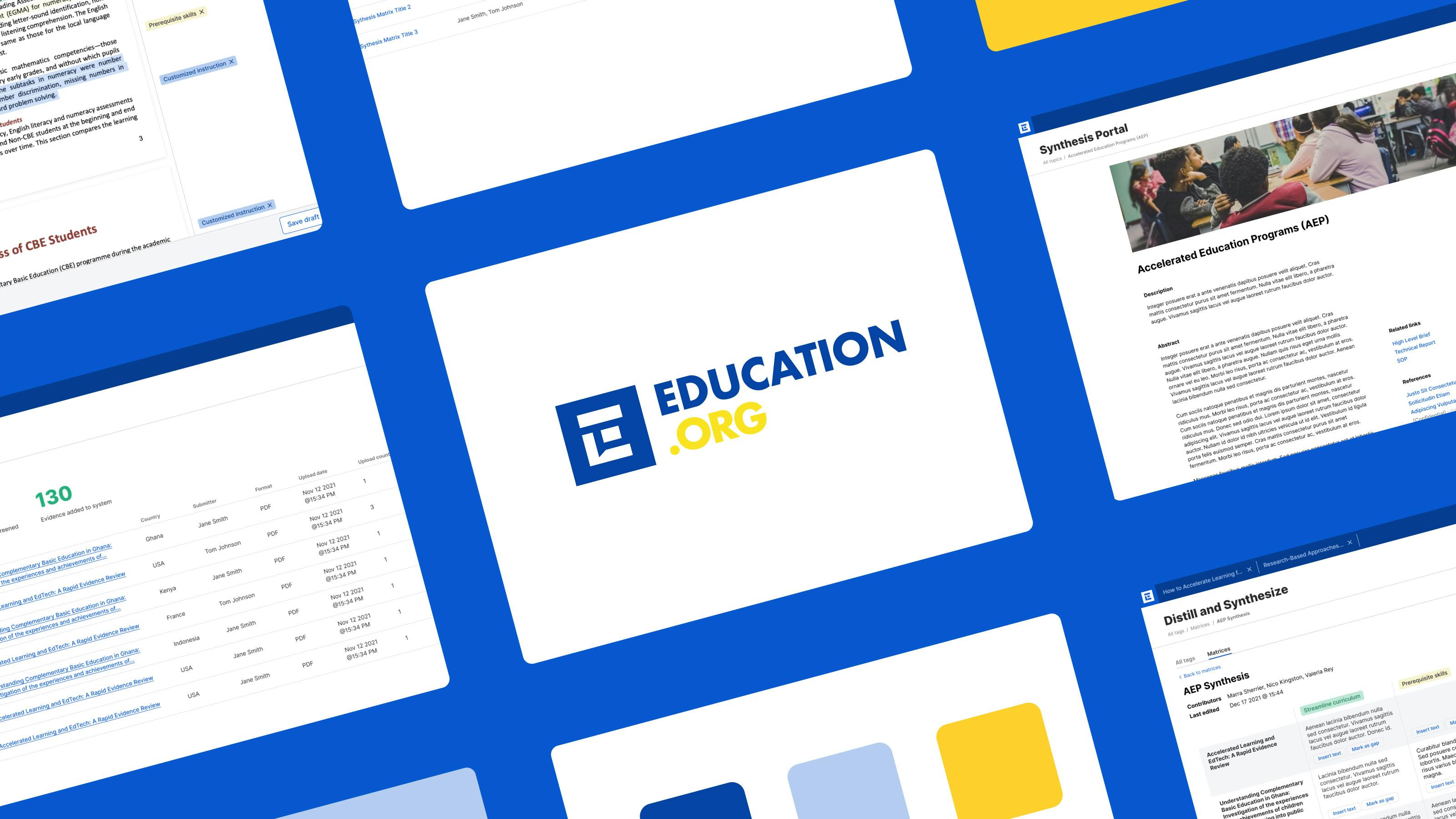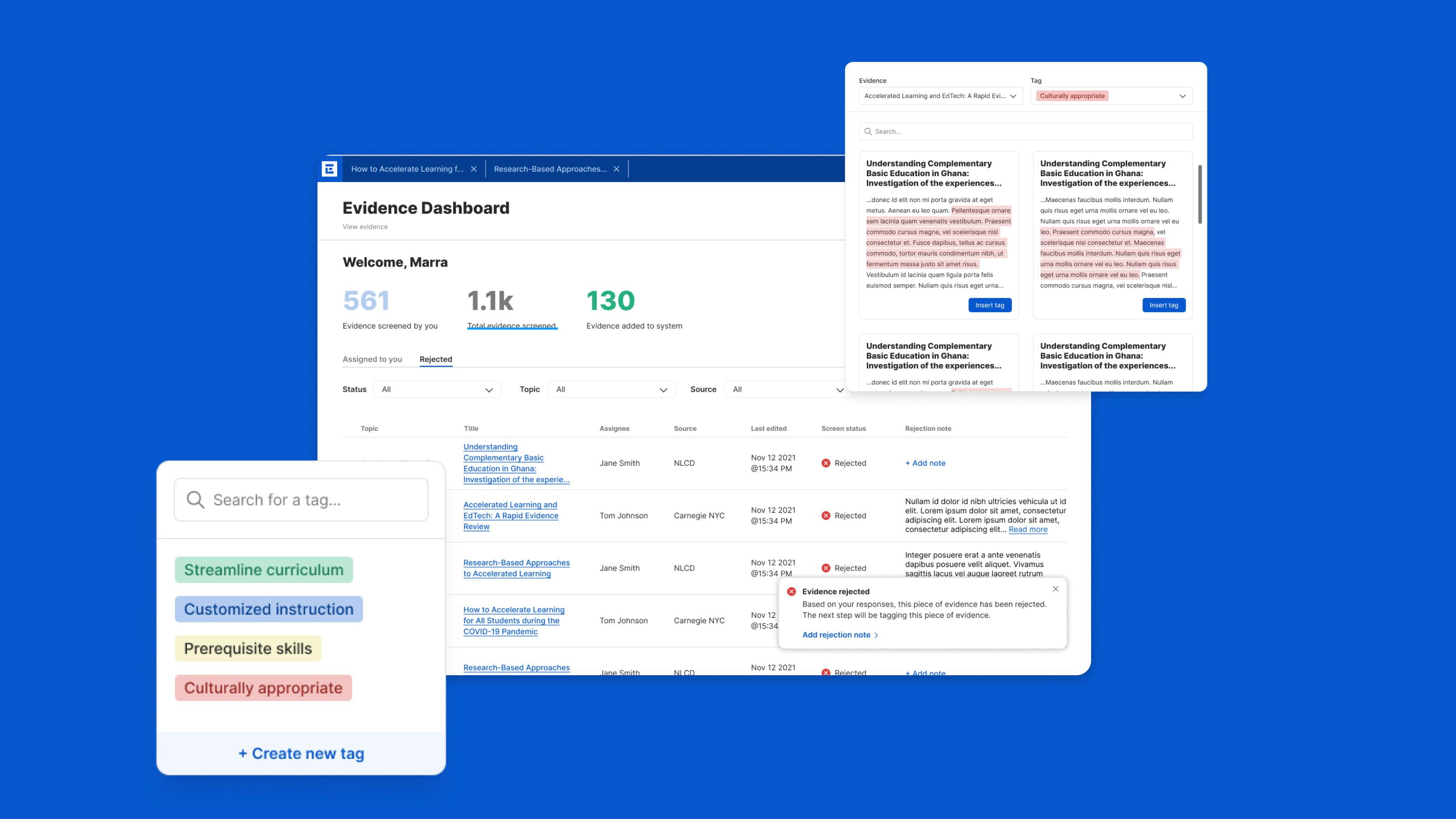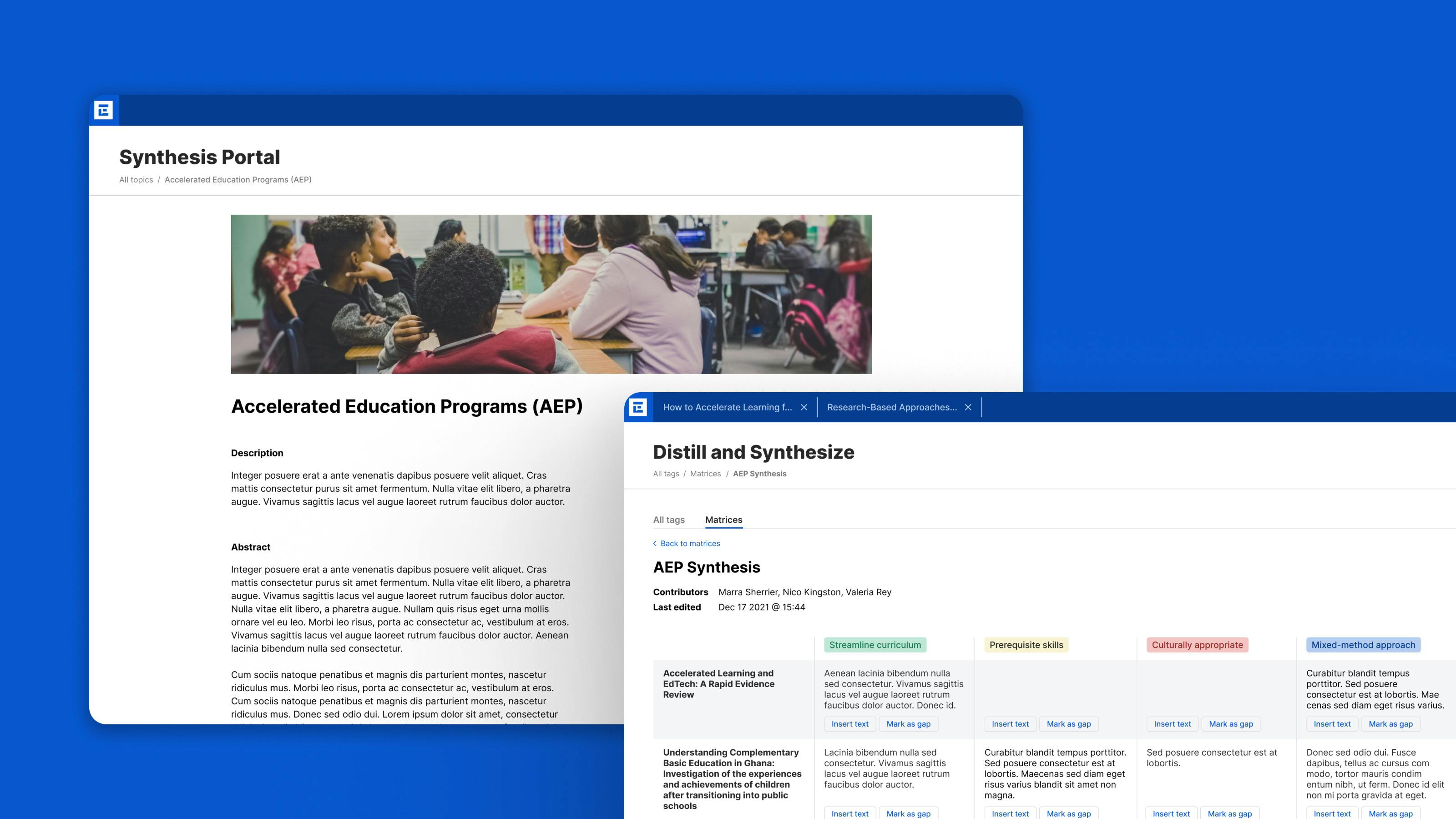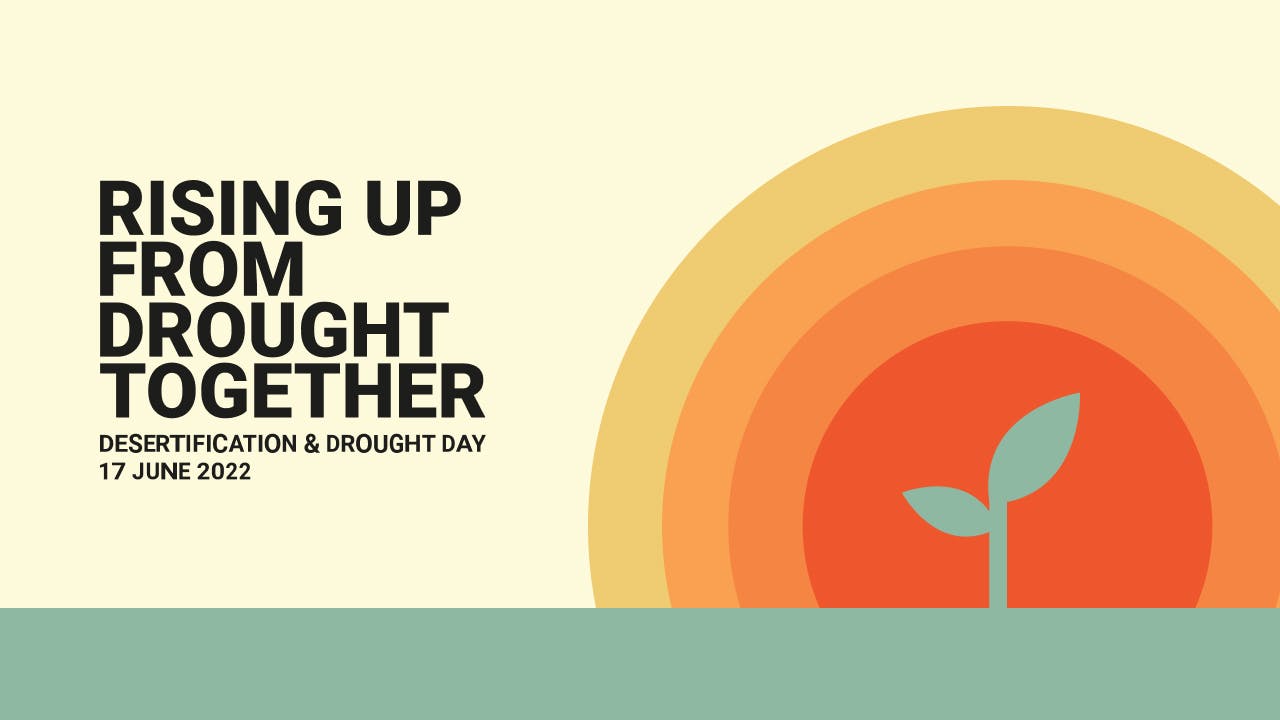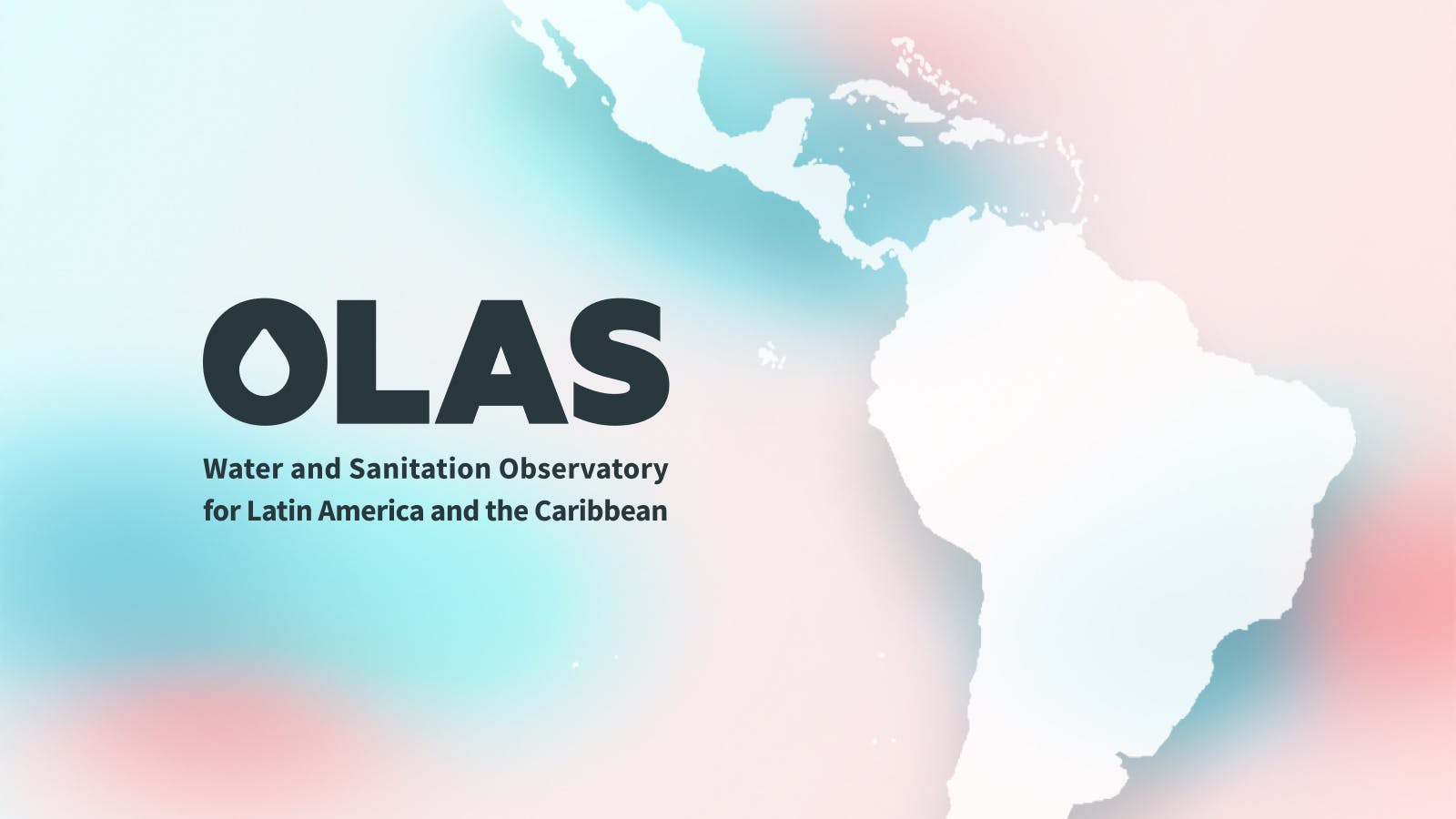How can we design an innovative approach to collect, synthesize, and integrate education research for improved evidence-based policymaking?
Background
Objectives
Define the need
Design the process
Develop a platform
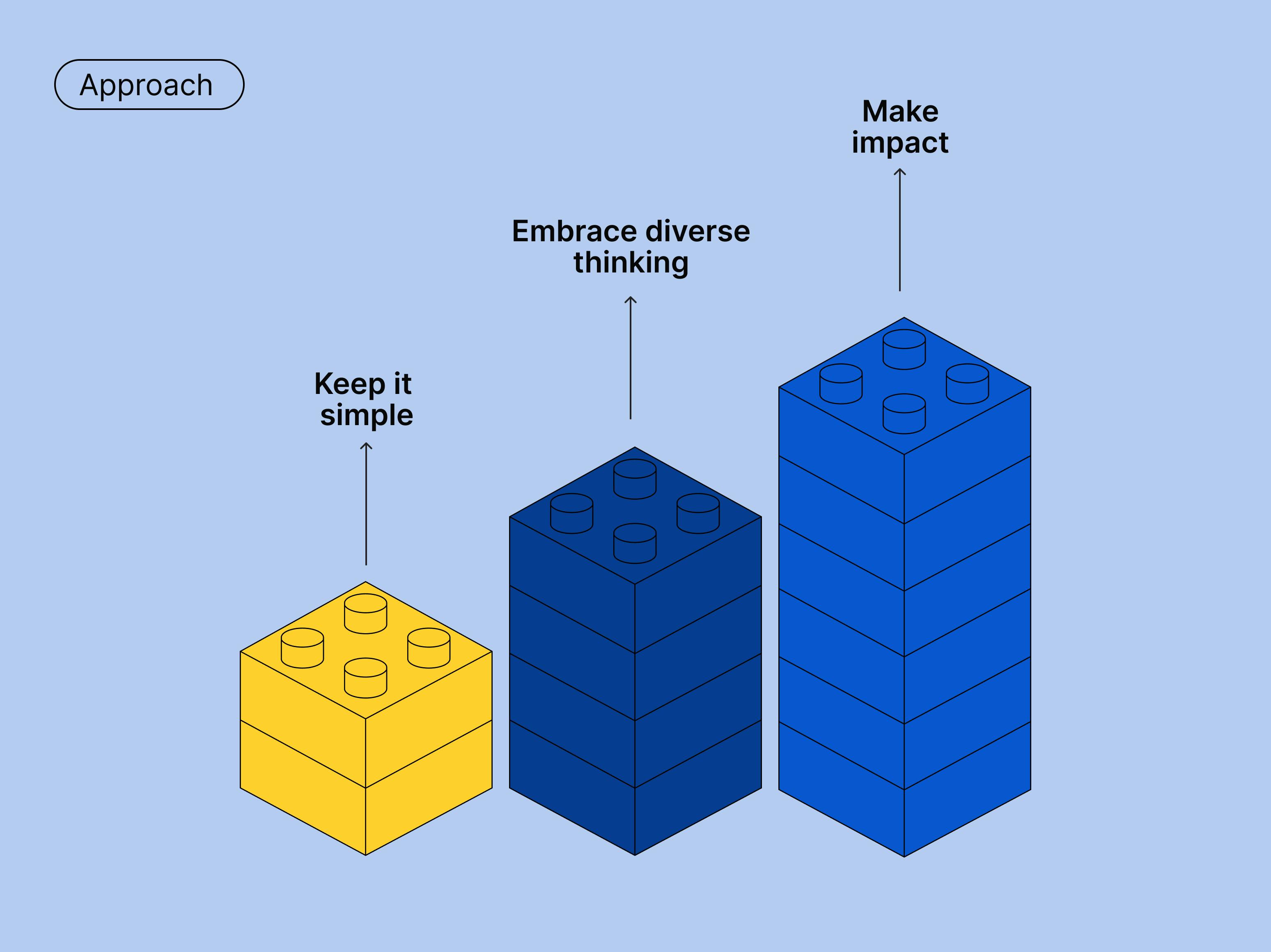
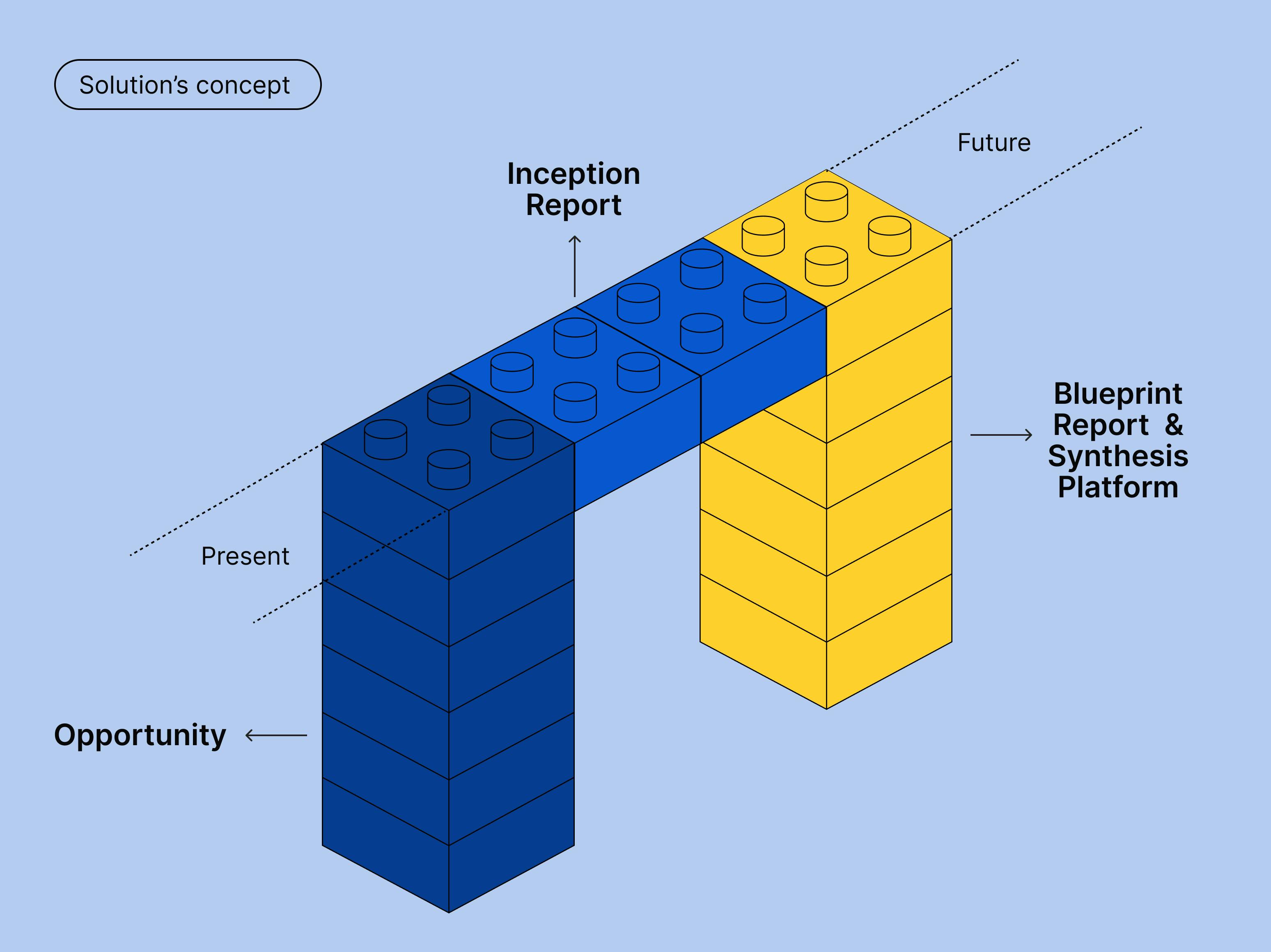
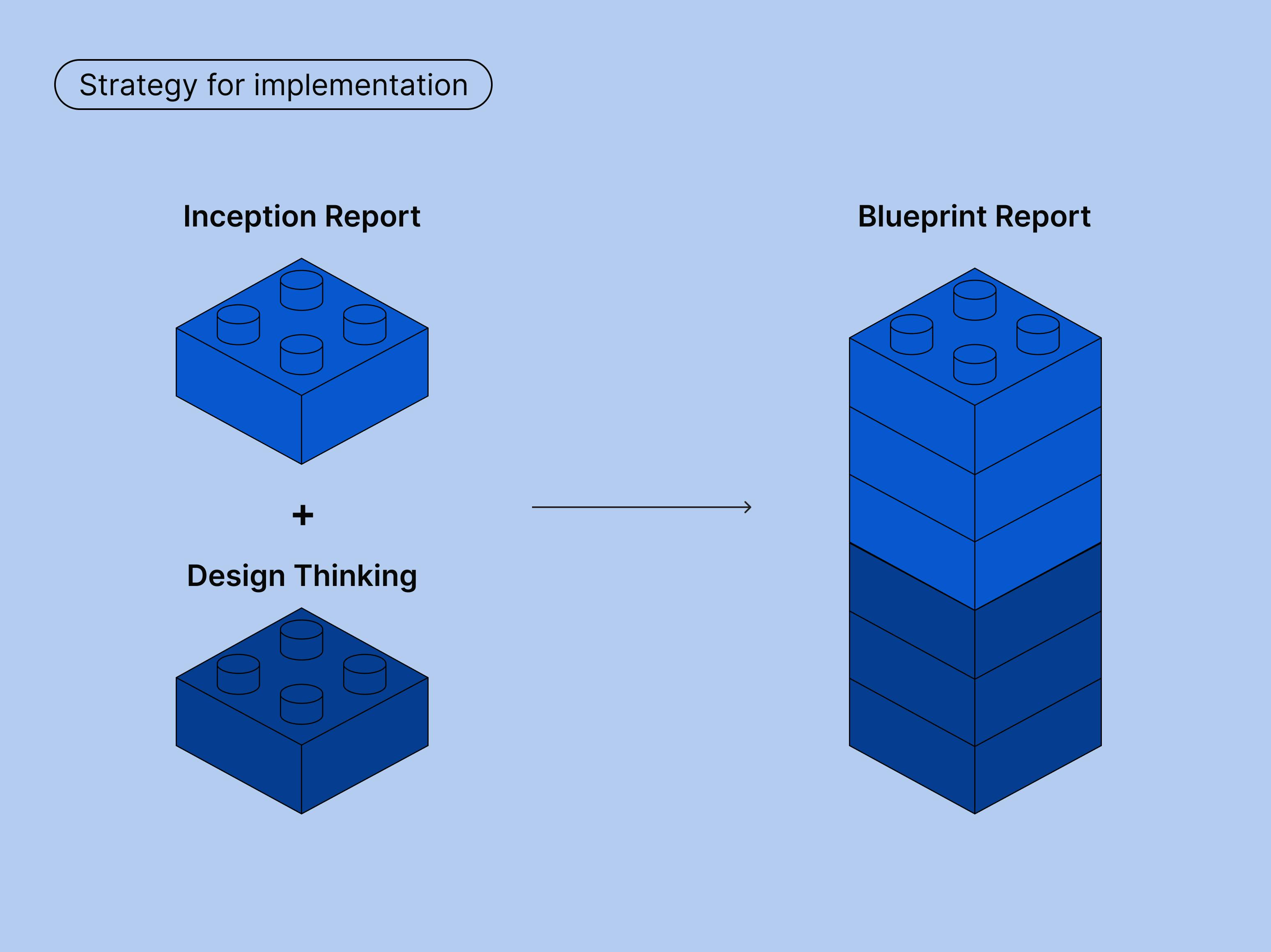
How did we work through the challenge?
Key principles
We reviewed the sector landscape and conducted interviews with leaders from similar organizations, we determined that an evidence management process should be grounded on three key principles: simplicity, flexibility and a commitment to doing good work. For Education.org to successfully revolutionize education data analysis and implementation, it needed to:
- Keep it simple and focus on efficiency and doing fewer things well with the available resources.
- Embrace diverse thinking and stay open to new practices by embedding a design thinking approach into all aspects of the project strategy, management, and implementation.
- Prioritize impact and practicality over perfection to be more agile in implementing processes that can get more evidence to more people quickly.
Inception report: Developing the solution’s concept
From the research phase, we then began to formulate a strategy to process education information and evidence. We produced an inception report which laid out a high-level workflow for teams to identify, collect, curate, synthesize, data, and then communicate this to policymakers. With inputs, feedback and final acceptance of the Education.org team, the Inception Report served as the guidance document for developing the Blueprint and prototype of the process solution.
Blueprint report: Defining the strategy for process roll-out
Building upon the Inception Report, we began a collaborative process with Education.org to define the strategic, operational, and stakeholder engagement guidance for the build and roll-out of the process. We also developed supporting structures required for its success. Through weekly design thinking workshops and sessions, we collaboratively designed a process for the implementation of an integrated solution that efficiently took advantage of Education.org’s current resources. The workshops also allowed us to define the steps needed to scale the initiative in the future, and to ensure support to decision makers in a timely, useful manner.
Prototype: Launching and testing the solution
Run in conjunction with the Blueprint Report, Education.org worked on the first Synthesis prototype focusing on accelerated education. This topic was chosen in part due to the need to advance our collective understanding of accelerated learning to support the global response to learning losses in education due to the COVID-19 pandemic.
Education.org went through all the steps of the process laid out in the Blueprint Report in order to engage stakeholders and launch the first Synthesis products for the benefit of education policymakers looking to make more impactful decisions when responding to accelerated learning challenges.
The visual design of the Synthesis Portal prototype was adapted from Education.org’s brand guidelines, with some tweaks and additions to create a comprehensive UI framework. We chose familiar user interface elements (checkboxes, dropdowns, breadcrumbs, tabs, etc.) Colour and type hierarchy were also used to direct users attention, and create an intuitive path through the prototype.
What were the outcomes?
We laid out the future strategic and operational implementation path for Education.org’s Synthesis initiative, resulting in the first ever solution in the education sector to offer reliable evidence in an accessible, timely and useful way to decision makers. We also supported the team in launching the first iteration of their Synthesis Portal and products solution focused on accelerated learning.
To see the first launch of the evidence synthesis products released in 2022, please visit: https://education.org/accelerated-learning
